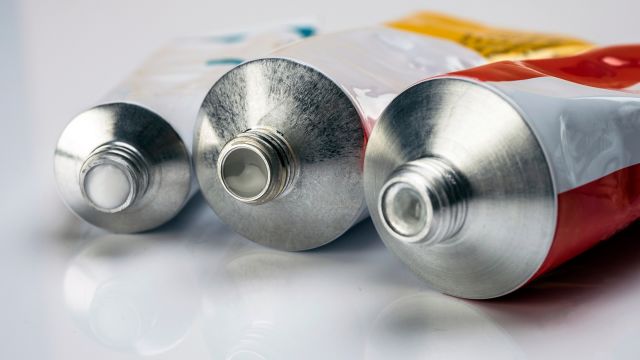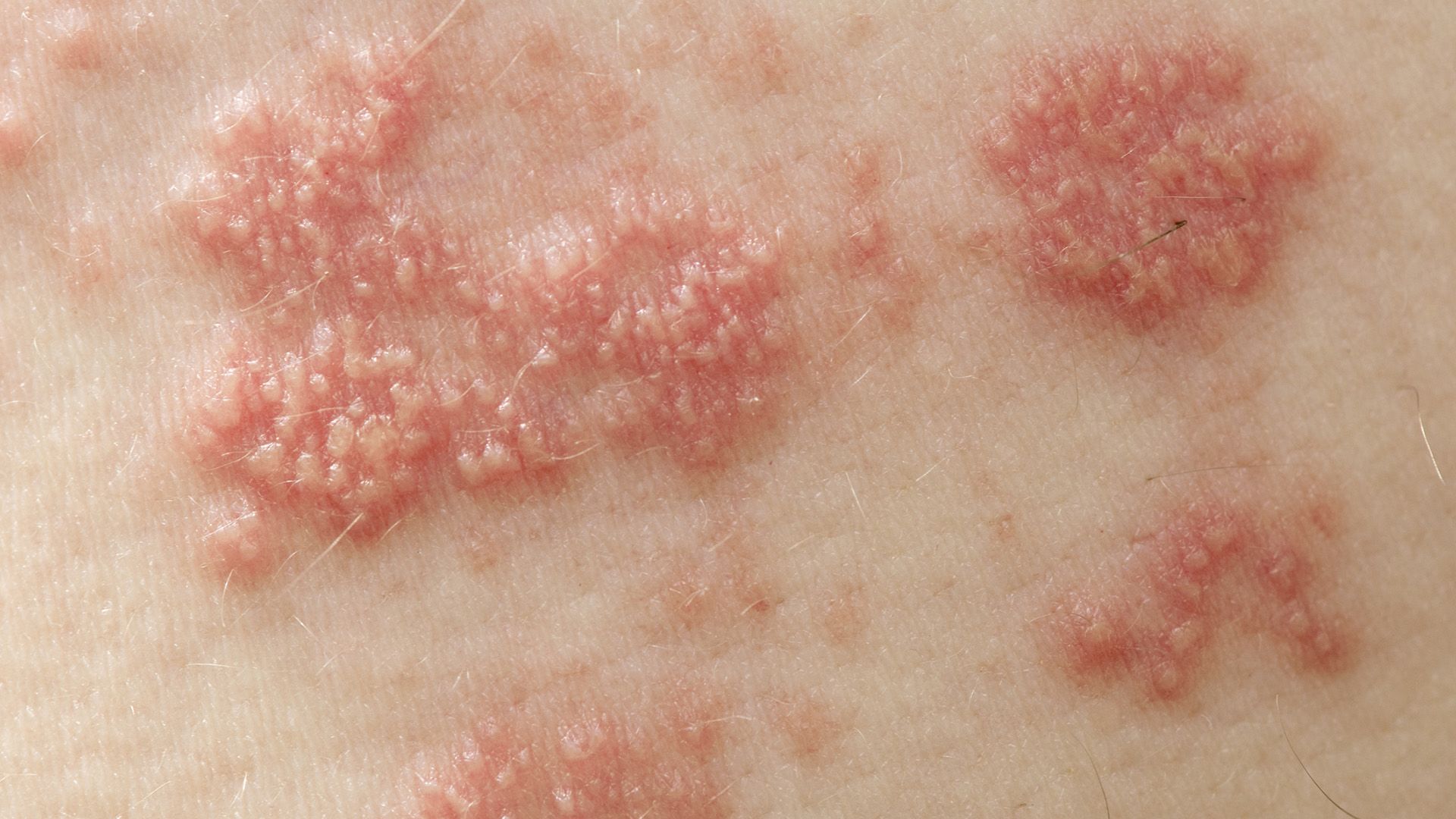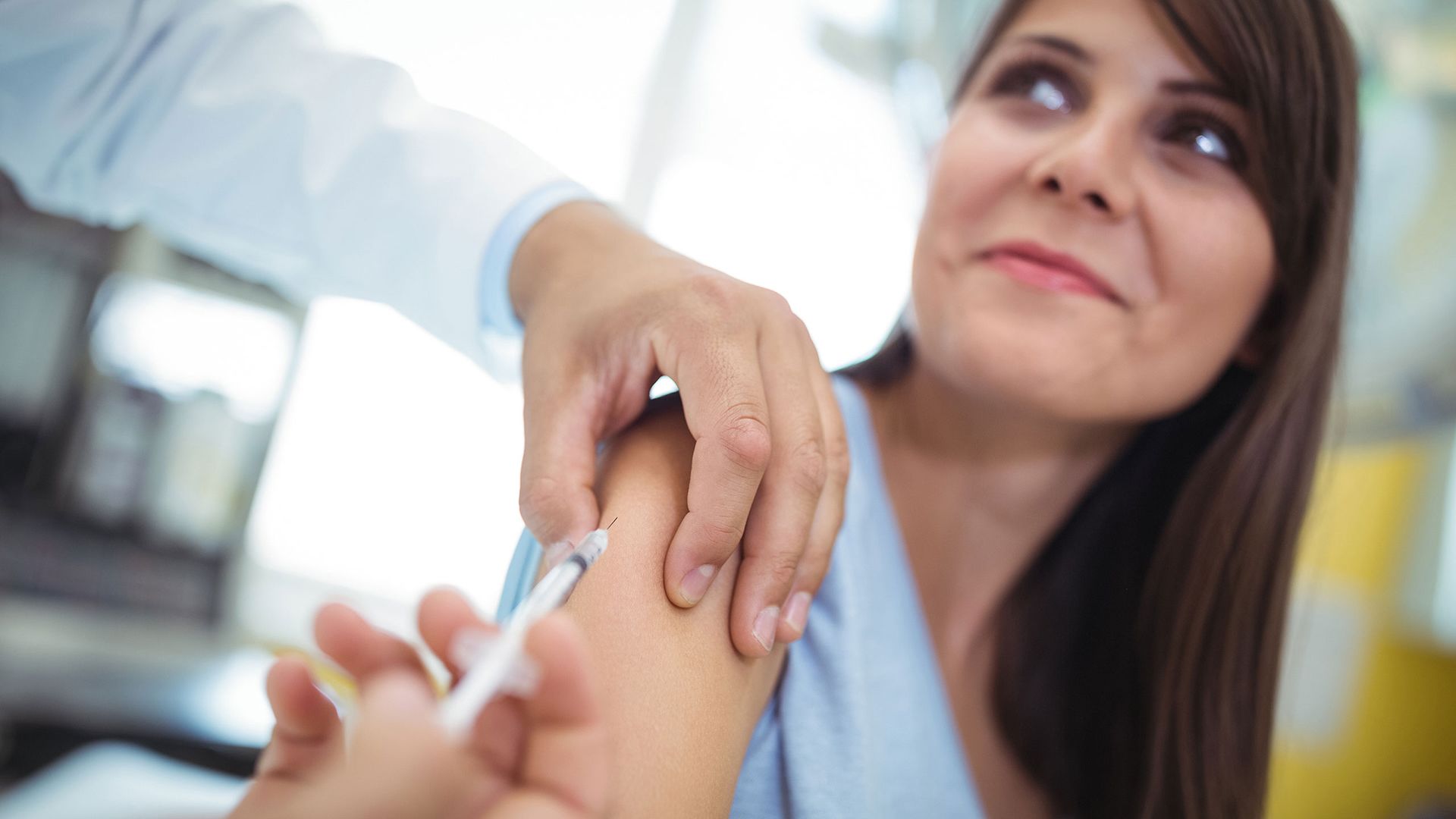Updated on March 1, 2021
Shingles is a painful, blistering rash caused by the varicella-zoster virus (VZV), the same virus that causes chickenpox. After a person recovers from chickenpox, VZV remains in the body in an inactive state. Shingles occurs when the virus becomes active again, and most often appears as a single band of blisters that wraps one side of the torso, though it can appear on any part of the body. It’s estimated that one in three people in the United States will experience shingles at some point in their lifetime.
While there is no cure for shingles, there are antiviral treatments available that can ease symptoms and reduce the duration of the infection. Antiviral treatments should be started within the first 48 to 72 hours, and preferably within the first 24 hours—if you or a loved one has shingles, see a healthcare provider as soon as possible.
How to soothe shingles at home
In addition to following the instructions for shingles care given to you by your healthcare provider, the ideas below may help you get relief from the itching and pain.
Do NOT scratch
Before going into what you can do to soothe shingles, it’s important to mention something you should avoid doing—scratching. During the first five days, the rash will form fluid-filled blisters that can break open if scratched. This can cause scarring and lead to a bacterial infection. The fluid inside the blisters can spread the VZV virus, which can cause chickenpox in anyone who has not previously had chickenpox. It’s a good idea to avoid contact with anyone who has not had chickenpox until the shingles rash is completely cleared up.
Take a soothing bath or shower
A cool bath or shower may help ease pain and itching. Plus, it’s important to keep the affected area clean to prevent blisters becoming infected with bacteria (which occurs in about two percent of shingles cases). For added relief, a colloidal oatmeal bath for shingles can help ease the itching of the rash. Colloidal oatmeal is a remedy for a number of skin conditions, including psoriasis, and can be found at your local pharmacy. It is important to keep the area dry after bathing, and to use clean towels to avoid contact with bacteria.
Apply a cold compress
Placing an ice pack or a cold compress over the shingles rash may help numb the pain and itching. To make a cold compress, dampen a washcloth or towel with cold water, place it in a sealable bag and let it sit in your freezer for 15 minutes. Then remove the washcloth or towel from the freezer and bag and apply it to the affected area for up to 20 minutes. Be sure to use a clean cloth each time and to pat the area dry afterward.
Apply a lotion or cream
During the blistering phase of shingles you can apply calamine lotion to soothe shingles pain and itching. Be sure to wash your hands and keep the nozzle of the lotion bottle clean in order to prevent infection. Once the blisters have scabbed over, you may want to try capsaicin cream, which is used to relieve neuralgia, or nerve pain in the skin.
Take an OTC pain reliever
An over-the-counter pain reliever such as acetaminophen or an NSAID—which stands for non-steroidal anti-inflammatory drug—may help soothe shingles pain, and may also help if you are experiencing a fever during the onset of shingles. Speak with your healthcare provider about taking any over-the-counter medicine in addition to what you have been prescribed.
Take an antihistamine
Antihistamines may be used to help relieve itching. Speak with your healthcare provider about which antihistamines are recommended for shingles.
Prevent another bout of shingles
Most people who get shingles only get it once, but there are a number of patients who get shingles a second time (and some who get shingles a third time). The Centers for Disease Control and Prevention recommends that any adult age 50 or older get a shingles vaccine. This includes people who have had shingles before. Because there is a newer vaccine in use, it is recommended that people who received the previous vaccine get the newer version. The vaccine is available through your healthcare provider or at your local pharmacy.





